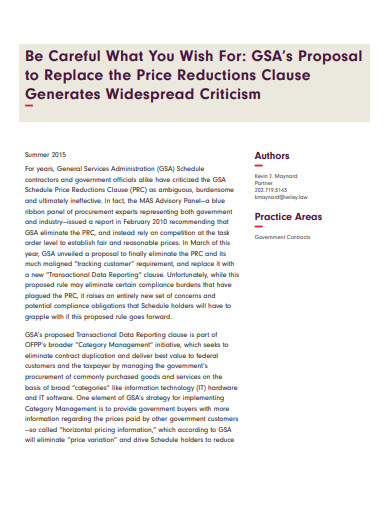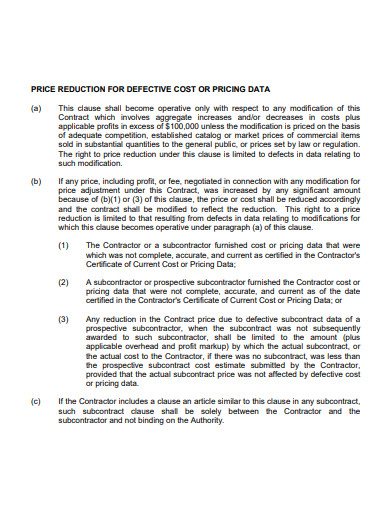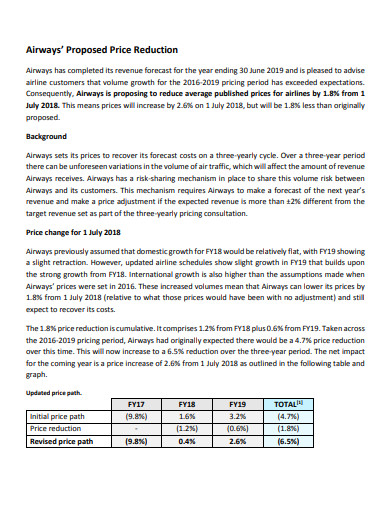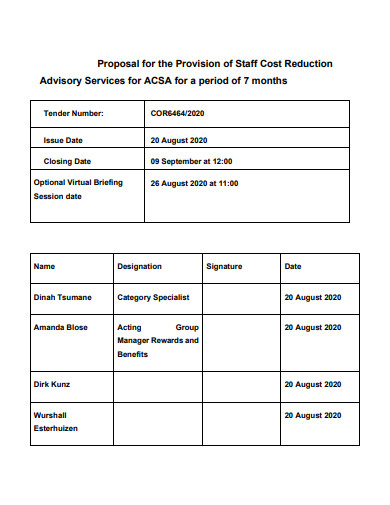There are only two methods to raise a company’s profit margin: increase the unit’s sale price or reduce the unit’s cost. Both of the aforementioned scenarios could result in a significant profit. As we can see nowadays, most businesses are operating in a very competitive market, where an increase in the sale price may result in a loss of business. Increasing the sale price is only achievable when the company is dealing in monopoly commodities, and we all know that this condition cannot be sustained for any company or its products. As a result, cost-cutting is only one scientific technique to cope with this predicament, assuming it is genuine and long-term.
Cost reductions should not be the consequence of any transitory decrease in raw material costs, changes in government policies, or other factors, and, most significantly, cost reductions should not be based on the product’s quality. Cost reduction should take the following form: the volume of output should remain the same, but the cost of expenditure should be decreased, and production should expand without affecting its level. According to the Institute of Management Accountants based in London, “Cost reduction is to be understood as the achievement of real and permanent reduction in the unit cost of goods manufactured or services rendered without impairing their suitability for the use intended or diminution in the quality of the product.”
3+ Price Reduction Proposal Samples
1. Price Reduction Proposal
2. Sample Price Reduction Proposal
3. Airways Price Reduction Proposal
4. Staff Cost Reduction Proposal
With a few exceptions, cutting proposal expenses means lowering the overall amount of labor required to generate a winning proposal, not the hourly wage paid to the workforce. In the proposal industry, you generally get what you pay for, therefore hiring low-cost labor tends to result in a workforce that works slowly and produces poor-quality proposals.
Do’s and Don’ts
- Compensation levels intended for proposal professionals – In most cases, you can overcome these quality flaws by adding more hours to proposal rework, but this will increase the overall cost. Finally, lowering hiring salaries below market levels will almost certainly raise the entire cost of proposals. Worse, plans to outsource to low-cost offshore providers have failed miserably in the federal government. Let us resolve that the first step in lowering proposal costs is to hire good proposal specialists who are highly productive in their field and to give them reasonable compensation.
- 70/30 proposal staffing rule – Another area to look into when lowering proposal costs is managing your proposal team’s downtime. When the workload is low, the corporation continues to pay salaries, benefits, and other costs for proposed employees who have little derived benefit. There will always be peaks and valleys in proposal workloads because government solicitations arrive when the government wants to release them, not when we are ready to write them, and this produces times when the in-house proposal team gets paid to sit on the bench.
- Process, tools, and training – Trading capital for labor is a well-known and effective method of lowering overall labor expenses.
- Proposal travel costs – Teleworking and running ideas in a virtual development environment can help you save money. Out-of-town travel is regularly used by businesses to bring large teams together to work on proposals. Putting them up in motels and paying for their flights and meals can add up quickly. Some organizations demand that this is required to complete their proposals, while others with distributed workforces generate ideas virtually regularly. Virtual proposal development, when done correctly, is both successful and cost-effective. Manage the entire proposal process with proposal collaboration tools, and the proposals will be just as good as if everyone had flown to a central location to work on it.
FAQs
What are the essentials of a cost reduction program?
The cost-cutting program should be tailored to the company’s needs. A cost-cutting program is a long-term endeavor that cannot be viewed as a one-time or short-term endeavor. The only way to ensure the success of any cost-cutting program is to keep improving your efforts. A genuine and long-term cost-cutting program is required. A high management employee should be an example setter of a cost-cutting initiative. The success of this program is contingent on the cooperation of all employees and departments within the company. Employees should be rewarded for participating in the cost-cutting program and for coming up with innovative ideas related to it.
What are the fields that are covered under the cost reduction program?
It includes design, financial management, material control, production, and tools and techniques.
If you want to see more samples and formats, check out some price reduction samples and templates provided in the article for your reference.
Related Posts
Title Project Proposal Samples [ Community, School, Student ]
FREE 10+ Product Supply Proposal Samples in MS Word | Google Docs | Apple Pages | PDF
FREE 10+ Health Project Proposal Samples [ Public, Mental, Healthcare ]
FREE 11+ Engineering Project Proposal Samples in PDF | MS Word
FREE 4+ Racing Sponsorship Proposal Samples [ Team, Car, Driver ]
FREE 10+ Nursing Project Proposal Samples [ Community, Health, Clinical ]
FREE 11+ Student Council Proposal Samples in PDF | DOC
FREE 10+ Facilities Management Proposal Samples in MS Word | Google Docs | Apple Pages | PDF
FREE 8+ Joint Venture Proposal Samples [ Commercial, Real Estate, Construction ]
FREE 10+ Scholarship Proposal Samples [ Project, Grant, Sponsorship ]
FREE 10+ Computer Purchase Proposal Samples in MS Word | Google Docs | Apple Pages | PDF
FREE 10+ Network Project Proposal Samples [ Design, Security, Bank ]
FREE 14+ Accounting Proposal Samples in PDF | MS Word
FREE 10+ Church Event Proposal Samples in MS Word | Google Docs | Apple Pages | PDF
FREE 10+ History Proposal Samples [ Dissertation, Thesis, Paper ]




